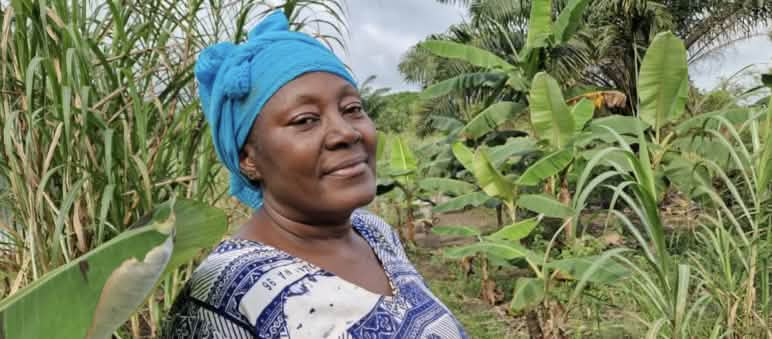
Gabon: The high cost of “community forest” protection
Villages can have a “community forest” officially recognized and then manage their forest rights responsibly. While this sounds promising, in Gabon it rarely becomes a reality. Our partner organization Muyissi discovered why: the recognition process is overly complicated and expensive. An unintended consequence is that logging companies often benefit the most.
On average, a village must spend the equivalent of €33,000 before the authorities will recognize its traditional land as a “community forest”. This is a very large sum in regions where rural communities face limited economic opportunities, high unemployment, and widespread poverty. Villages are required to establish a management body, map and inventory the area, and prepare a land-use plan. In most cases this takes four years, according to a study by the environmental organization Muyissi, which Rainforest Rescue helped fund.
“Obtaining a community forest is complicated,” remarks Ignanga Mbadinga Béatrice, president of the community forest in Ndendé. The procedure is expensive, carries financial risks, and takes a considerable amount of time.
According to Muyissi, the original goal – to protect forests more effectively and to strengthen the independence of local, often Indigenous communities – is being lost. The complex and drawn-out procedure risks causing communities to lose interest in the project and in conserving the forest.
The study also found that some villages turn to companies for financial support – companies that have economic interests such as logging. “For this reason forestry companies are the first to benefit from the introduction of community forests. By exploiting the complexity of the allocation process, they offer financial support that is hard to turn down,” writes Muyissi.
The organization identifies another risk: many people in the villages responsible for community forests cite mainly economic reasons and the hope of jobs (66 percent). By contrast, only 31 percent mention forest preservation. The study also notes that many conservation measures are not implemented systematically or comprehensively, and that daily life has not improved as expected.
Muyissi is therefore urging the authorities to simplify the procedure for the fundamentally positive concept of “community forest”. Villages should be encouraged to form collectives. Civil society must support local people in this process – for instance, through environmental education.